What is gene drive?
Gene drive is a genetic phenomenon that occurs in nature and causes a selected trait to spread rapidly through a species via sexual reproduction over several generations. Gene drive works by increasing the likelihood that a modified gene will be inherited. Most genes have a 50/50 chance of being inherited, but gene drive systems could increase that chance to upwards of 99%. This means that over the course of several generations, a selected trait could become increasingly common within a specific species.

Watch: What is the difference between gene drive and CRISPR?
Researchers have been studying how to harness gene drives to solve some of society’s most intractable problems. Public health and biodiversity conservation are two of the main areas where research has focused, although other potential applications are also being investigated.
Public health: Several proposals have been made which would use gene drive to limit the spread of diseases, in particular those spread by insect vectors, such as malaria, which affect millions of people every year. This could be done by inserting a trait which makes the vector organism unable to transmit the disease, or one which reduces the vector’s population by affecting its ability to reproduce.
Conservation: Potential applications of gene drive in this field could enable the elimination of invasive alien species which threaten native ecosystems or carry infectious diseases that put the survival of native species at risk. This is for example being considered to manage populations of invasive rats on islands, which undermine the survival of many local animals and birds and are the primary cause of extinctions in these fragile ecosystems.
Research timeline
Research on gene drive applications for public health and conservation has been underway for over 15 years, but the phenomenon of gene drive has been studied since the early 1960s. Although many applications have been proposed, there have not yet been field tests or environmental releases of gene drive organisms. According to the current development pathway for a tool to control malaria-carrying mosquito populations, the earliest a gene-drive based tool could be presented for regulatory approval for evaluation is in the next 5 years, with several more years of evaluation before it could be considered for use. Research on gene drive technologies to control populations of invasive rats on islands is on a similar time frame.

